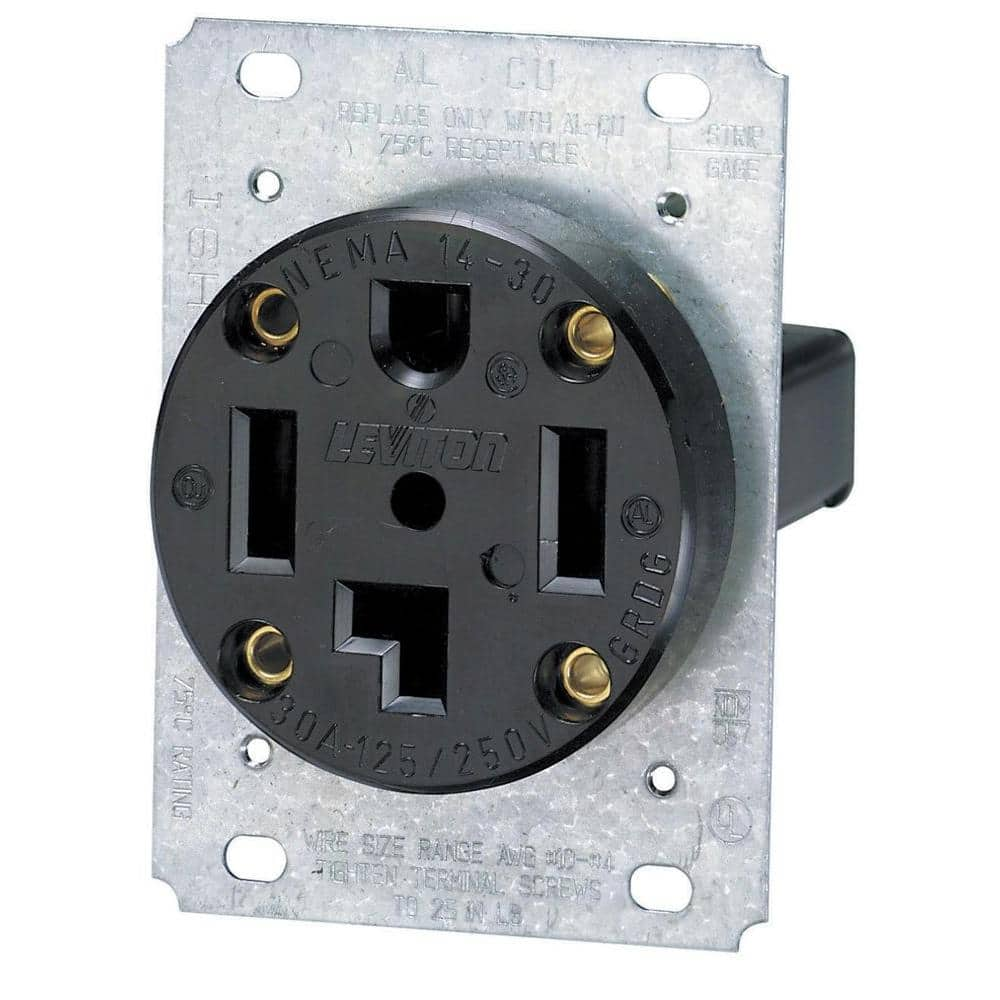Hello all,
New owner of a Model Y, first new car in 12 years and we are enjoying the heck out of it! I would like to tweak things a little bit in the house to fully realize the EV experience though.
We have a fairly modern home with a 225 amp box with a 200 amp breaker. Not sure this is relevant to my question below but just for context.
The breaker box reveals a paired 20+20 breaker that are labeled 'Dishwasher' and 'Vacuum' respectively. I tested for this and it is the case.
'Vacuum' refers to a central vacuum that the subdivision homes were built with around 20 years ago, but the previous owner, for whatever reason, has removed the hardware. I have plugged in the garage refrigerator into this (and verified it is a simple 5-15 receptacle) for the past couple of years. I can easily find another receptacle for the fridge within the garage.
Question is, can I use the above outlet, after changing to the appropriate receptacle, to run either 6-15 or 6-20 power to my Model Y? Installing a wall charger is overkill for me, not just because our driving habits (retired, less than 20 miles per day on average, some days are zero) don't require it, but cost is a driver (again, retired) and the location would not be ideal. Plus you can see that I really 'need' a higher charge rate just for the occasional trip.
I am comfortable working in receptacles (changeout etc) but not in panels, although I did do a bit of that many years ago.
While 6-20 would be preferable to 6-15, if it requires running wire then I'll settle for 6-15. I have been using just a 5-15 with 12 amps on the Model Y, so even a 6-15 will more than double my charge and meet 98.2% of my needs .
.
Thanks in advance for any help.
New owner of a Model Y, first new car in 12 years and we are enjoying the heck out of it! I would like to tweak things a little bit in the house to fully realize the EV experience though.
We have a fairly modern home with a 225 amp box with a 200 amp breaker. Not sure this is relevant to my question below but just for context.
The breaker box reveals a paired 20+20 breaker that are labeled 'Dishwasher' and 'Vacuum' respectively. I tested for this and it is the case.
'Vacuum' refers to a central vacuum that the subdivision homes were built with around 20 years ago, but the previous owner, for whatever reason, has removed the hardware. I have plugged in the garage refrigerator into this (and verified it is a simple 5-15 receptacle) for the past couple of years. I can easily find another receptacle for the fridge within the garage.
Question is, can I use the above outlet, after changing to the appropriate receptacle, to run either 6-15 or 6-20 power to my Model Y? Installing a wall charger is overkill for me, not just because our driving habits (retired, less than 20 miles per day on average, some days are zero) don't require it, but cost is a driver (again, retired) and the location would not be ideal. Plus you can see that I really 'need' a higher charge rate just for the occasional trip.
I am comfortable working in receptacles (changeout etc) but not in panels, although I did do a bit of that many years ago.
While 6-20 would be preferable to 6-15, if it requires running wire then I'll settle for 6-15. I have been using just a 5-15 with 12 amps on the Model Y, so even a 6-15 will more than double my charge and meet 98.2% of my needs
Thanks in advance for any help.



